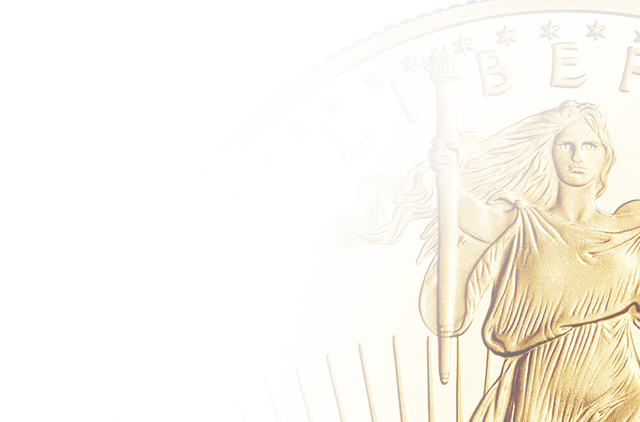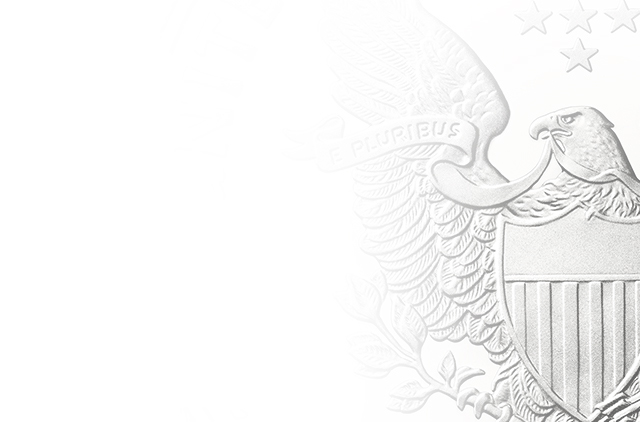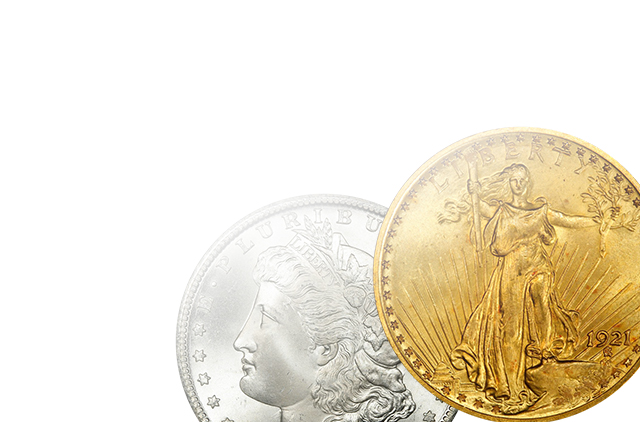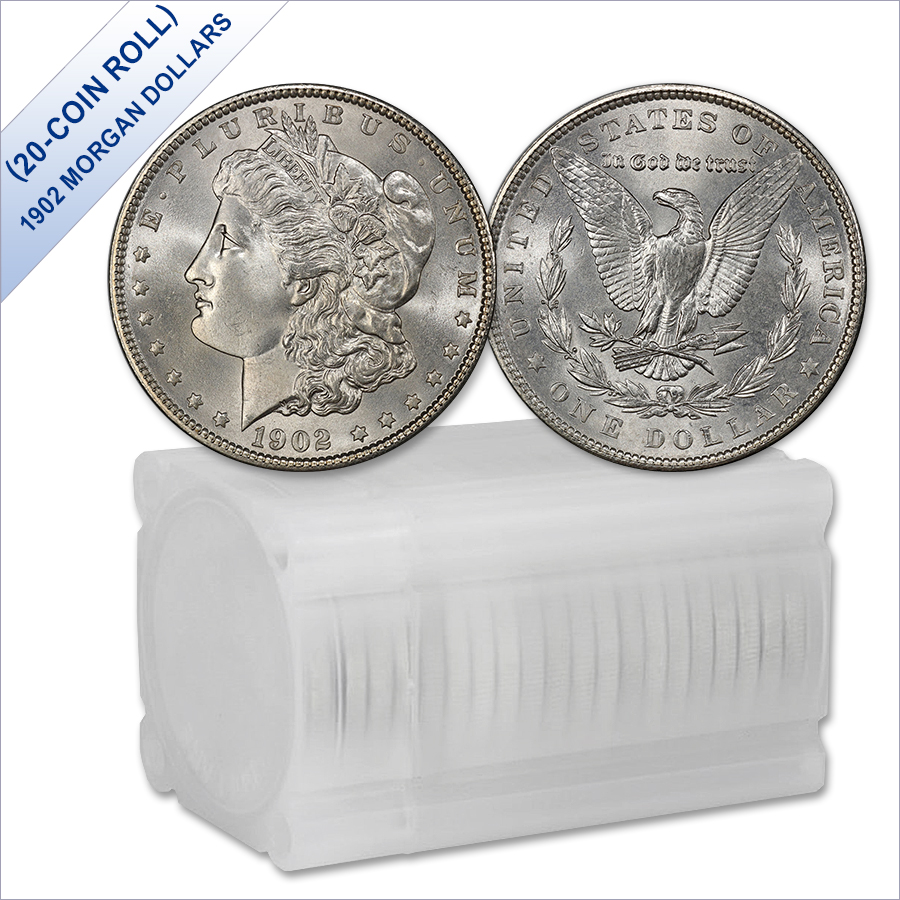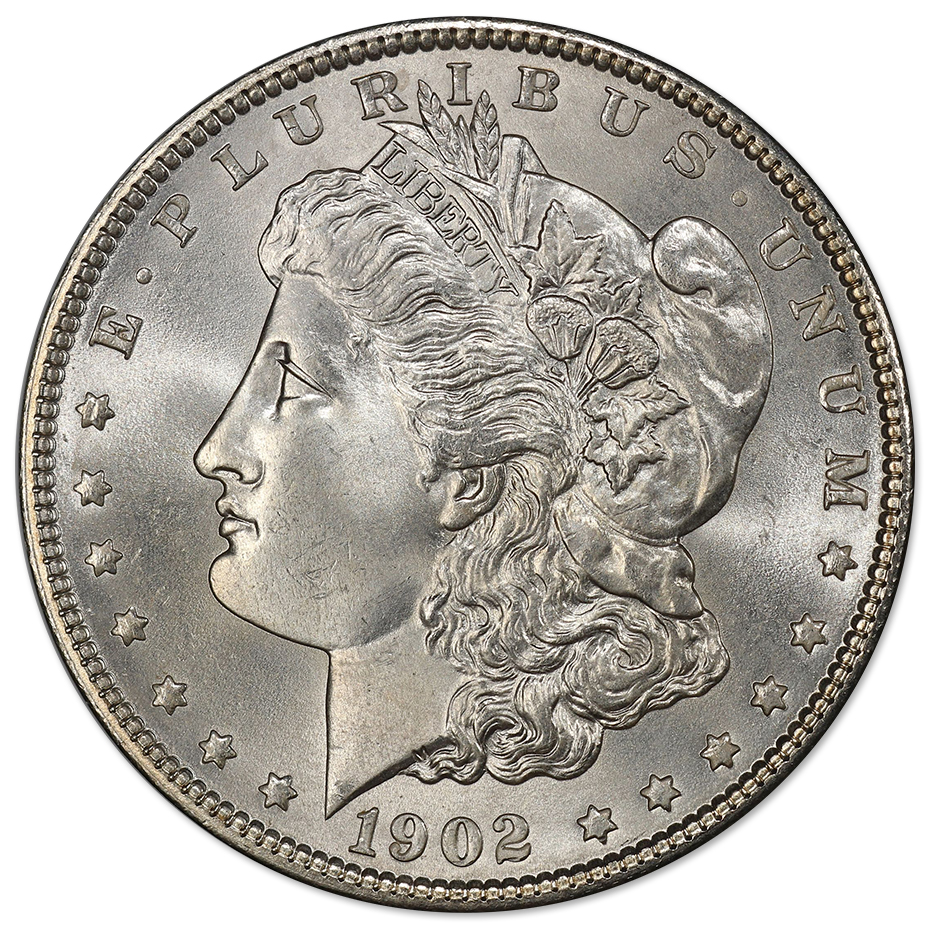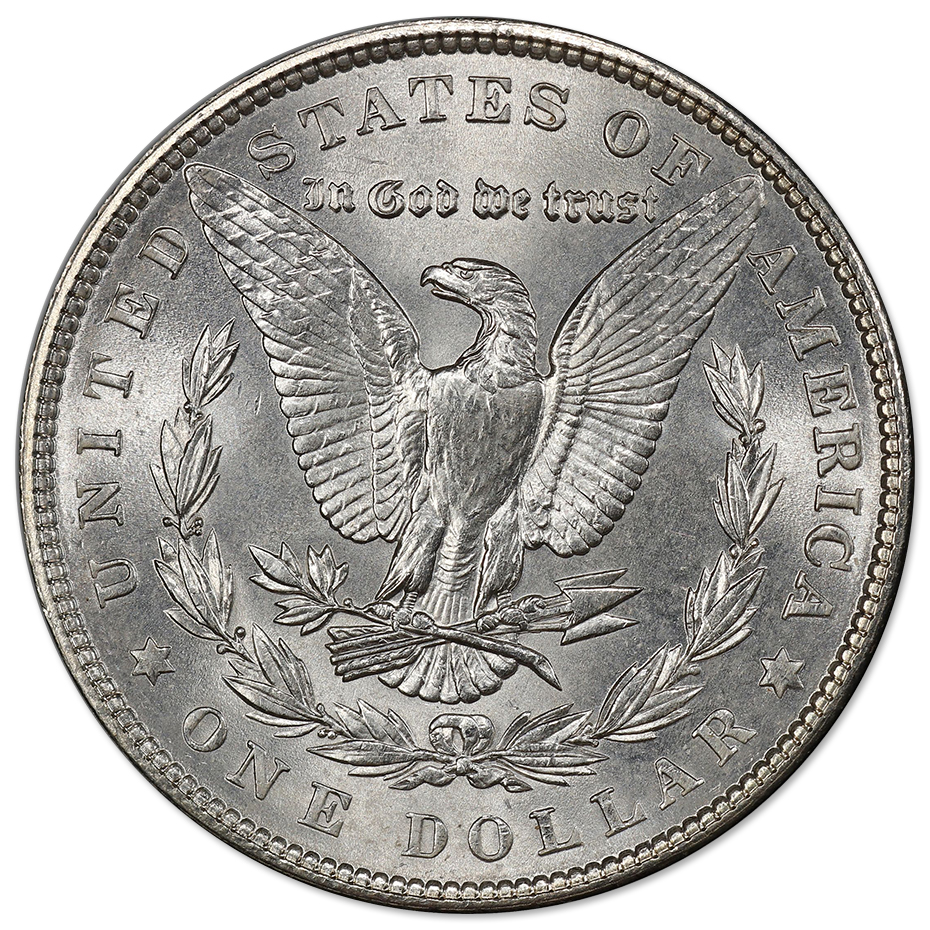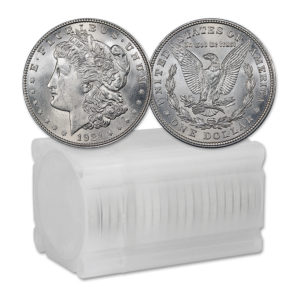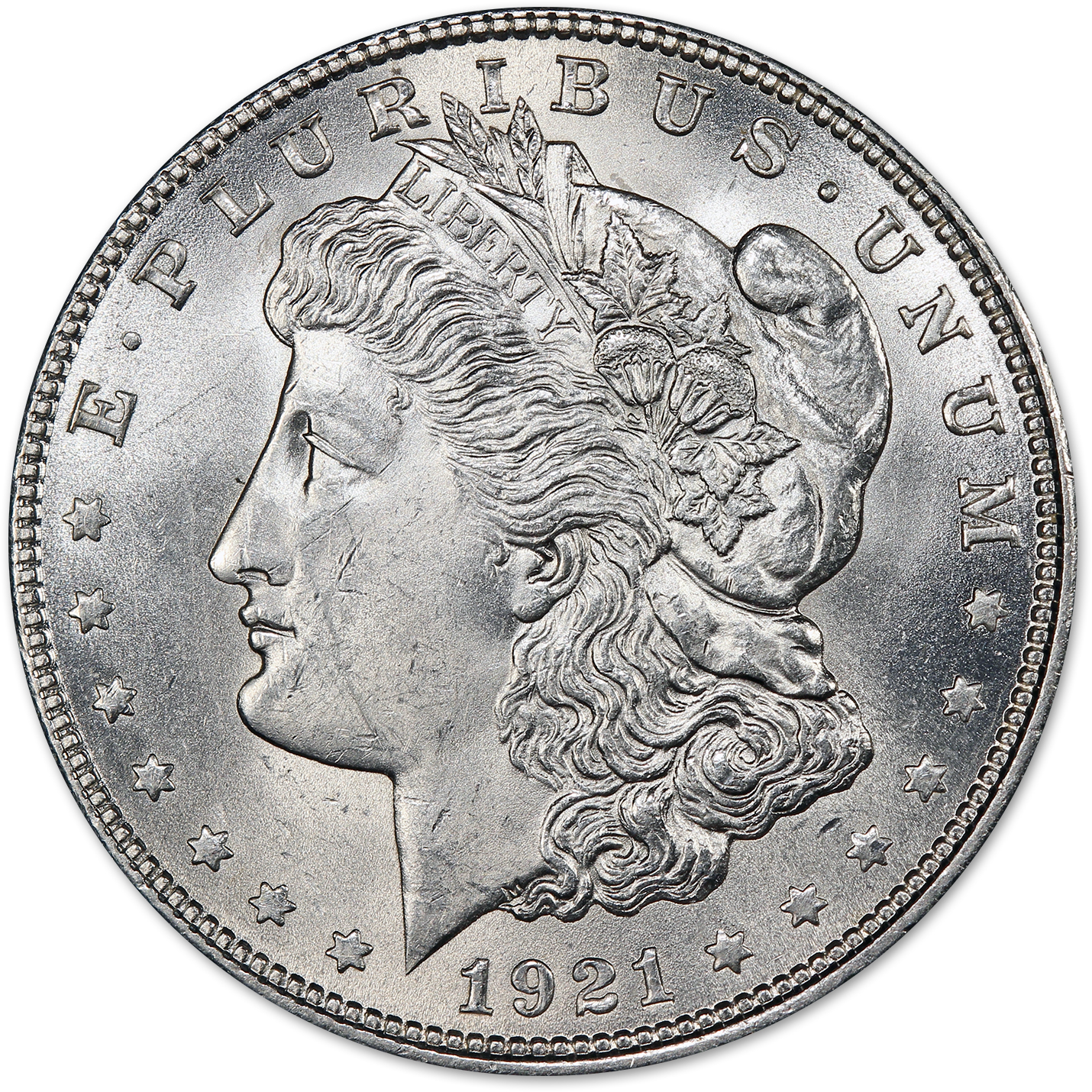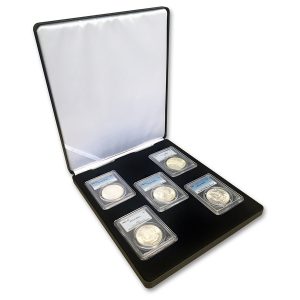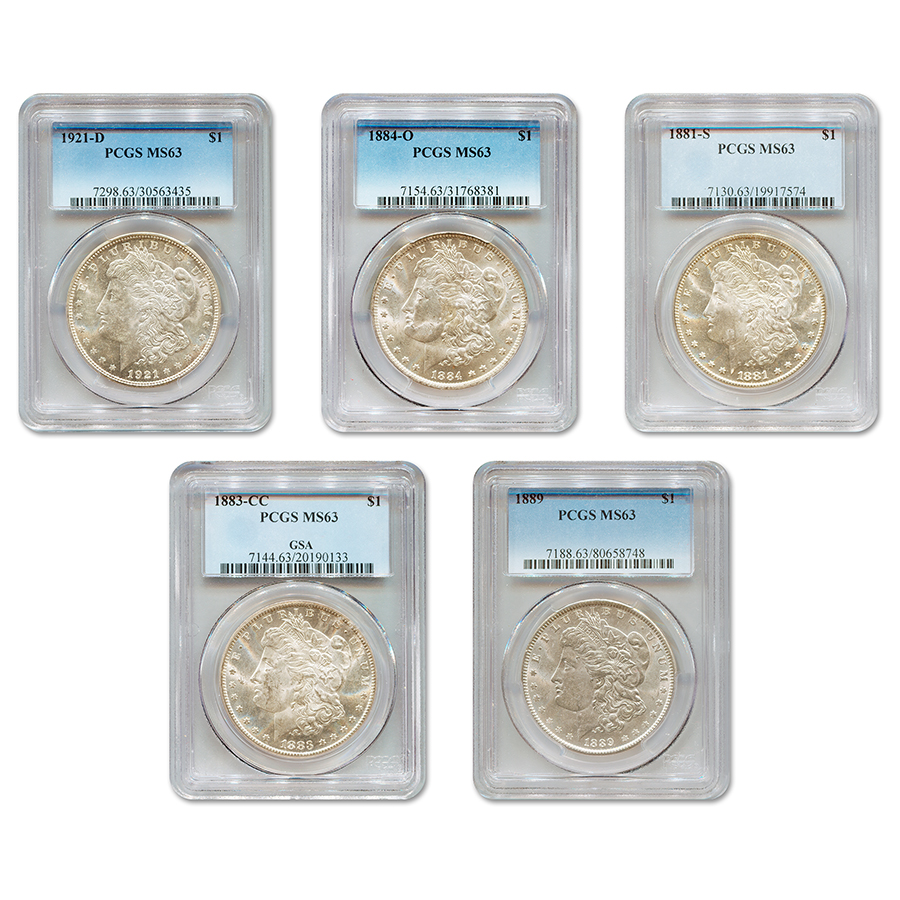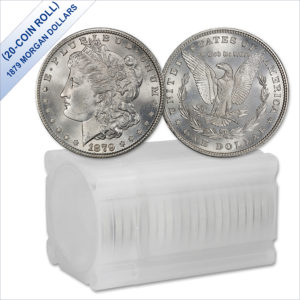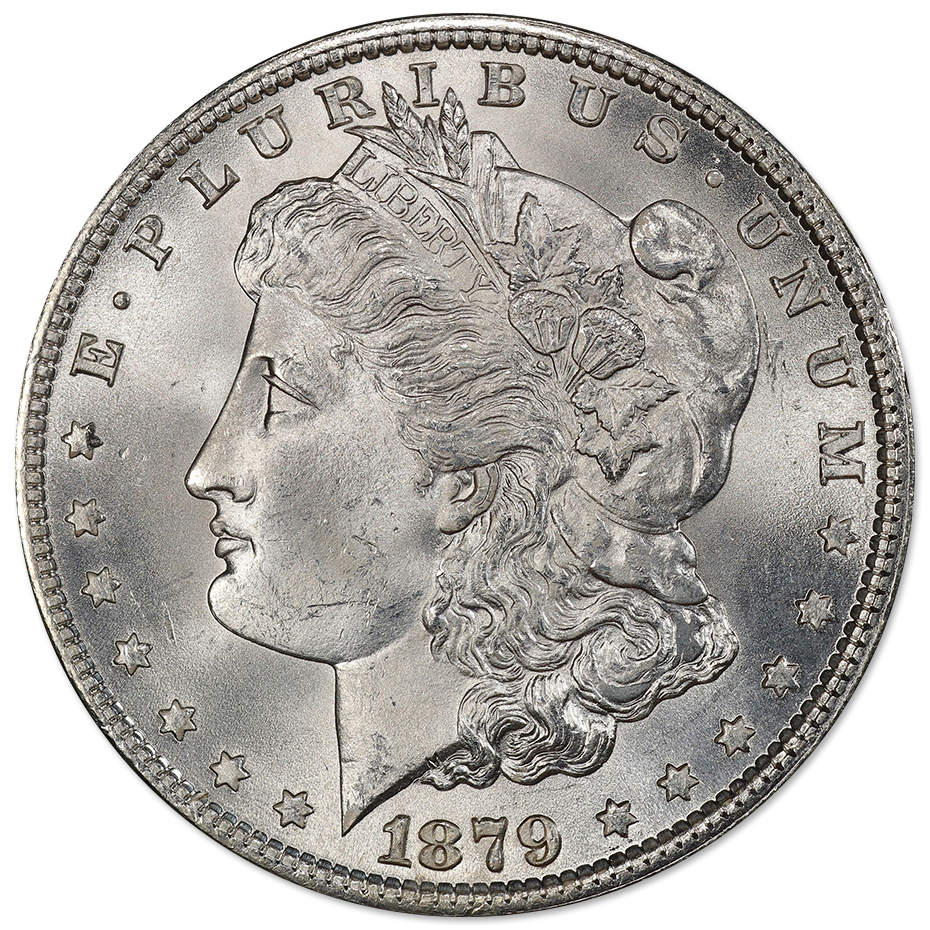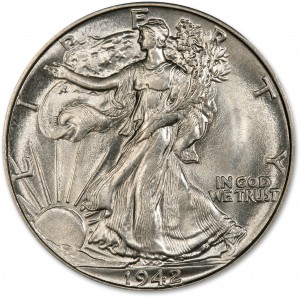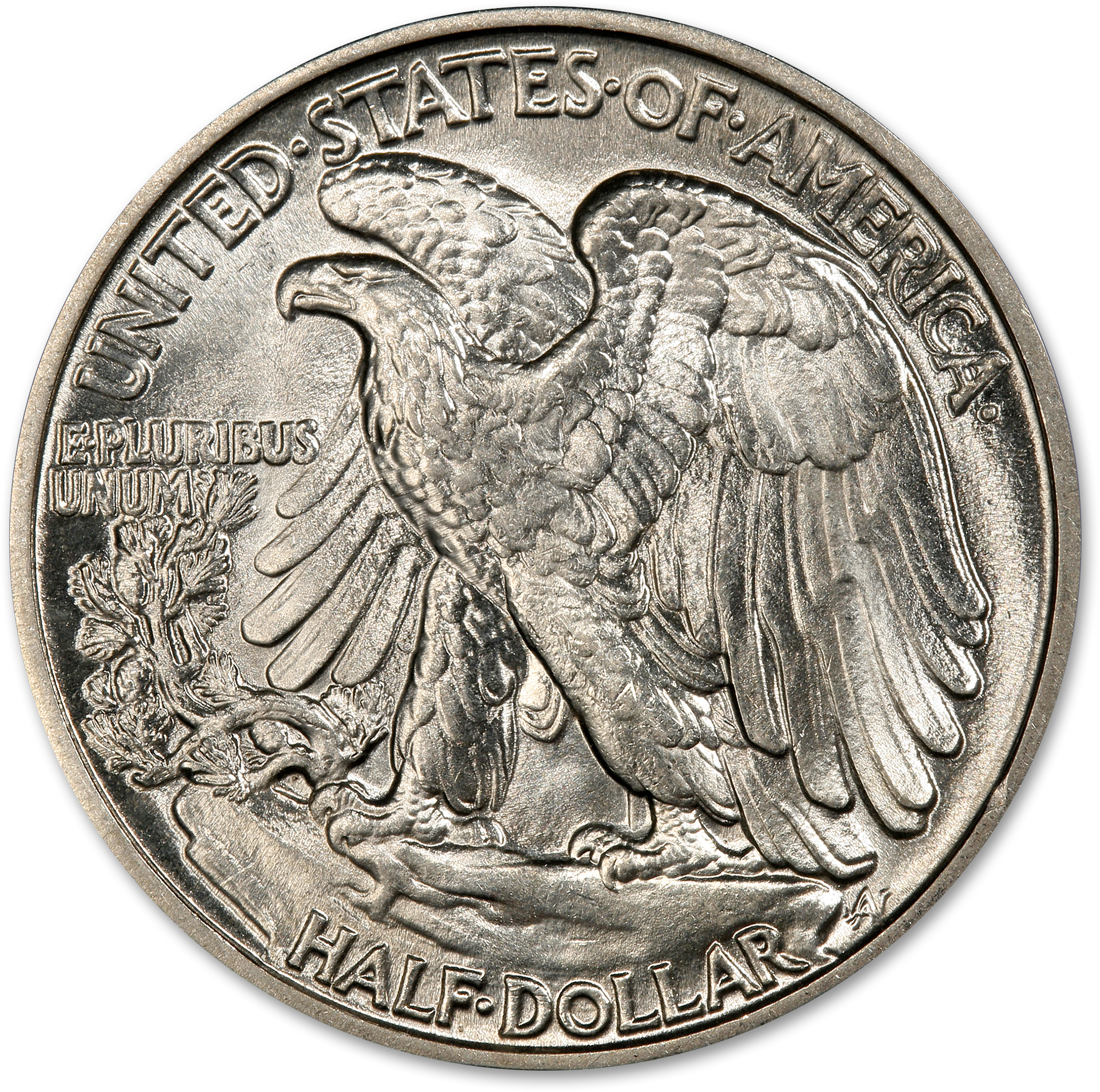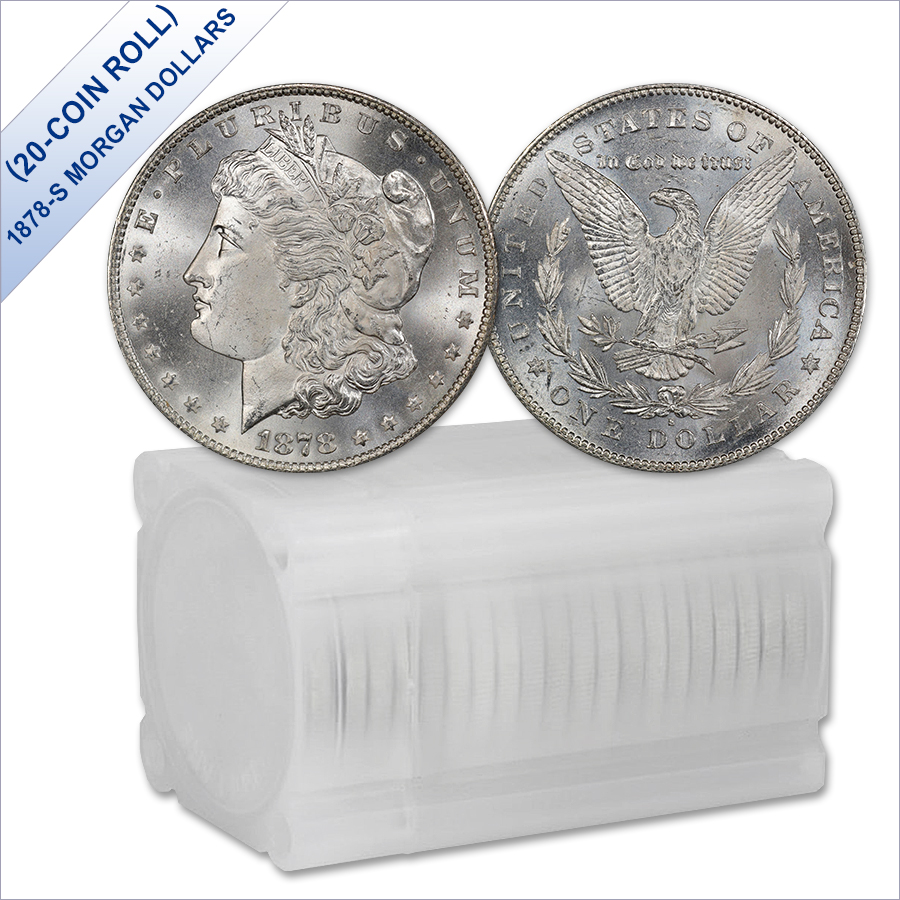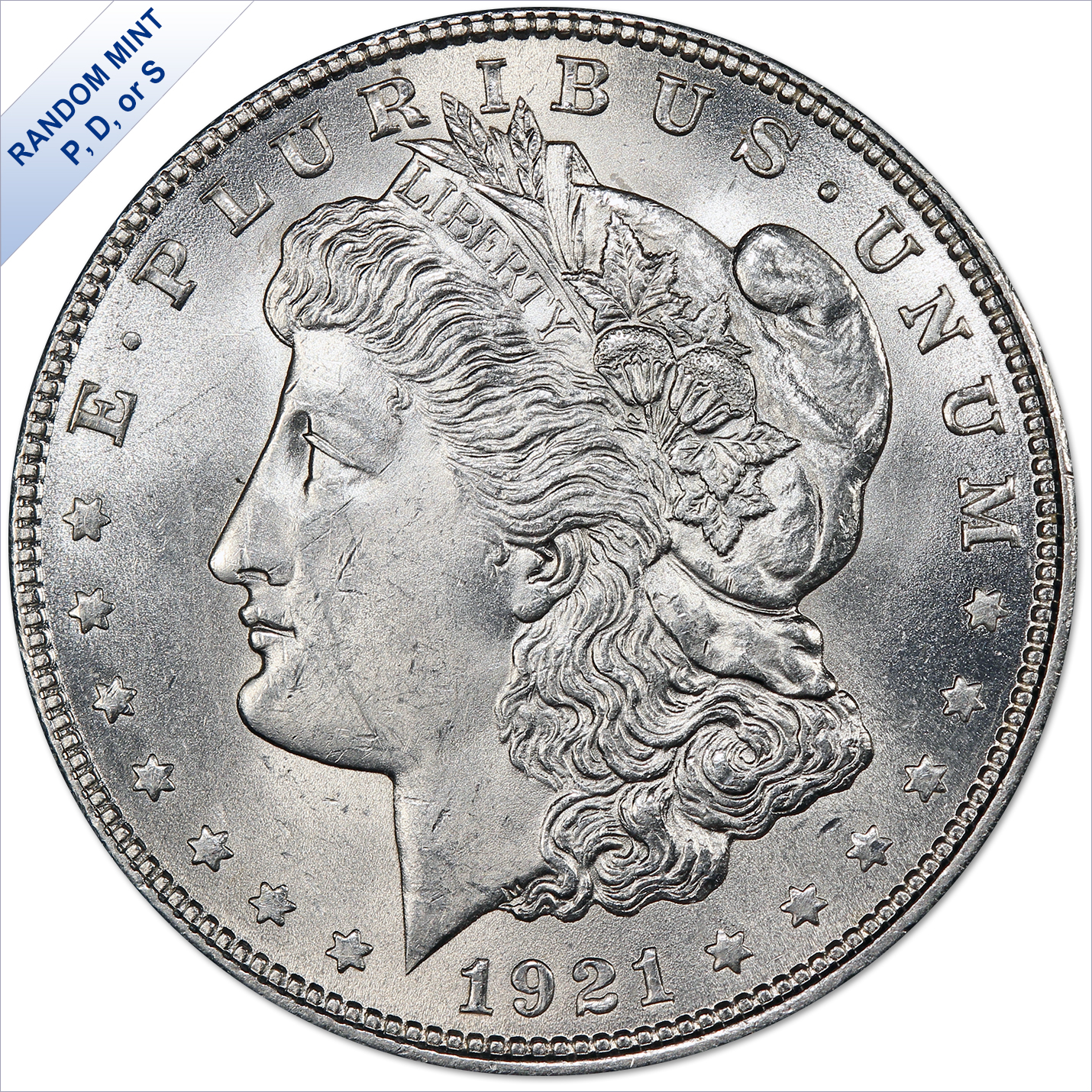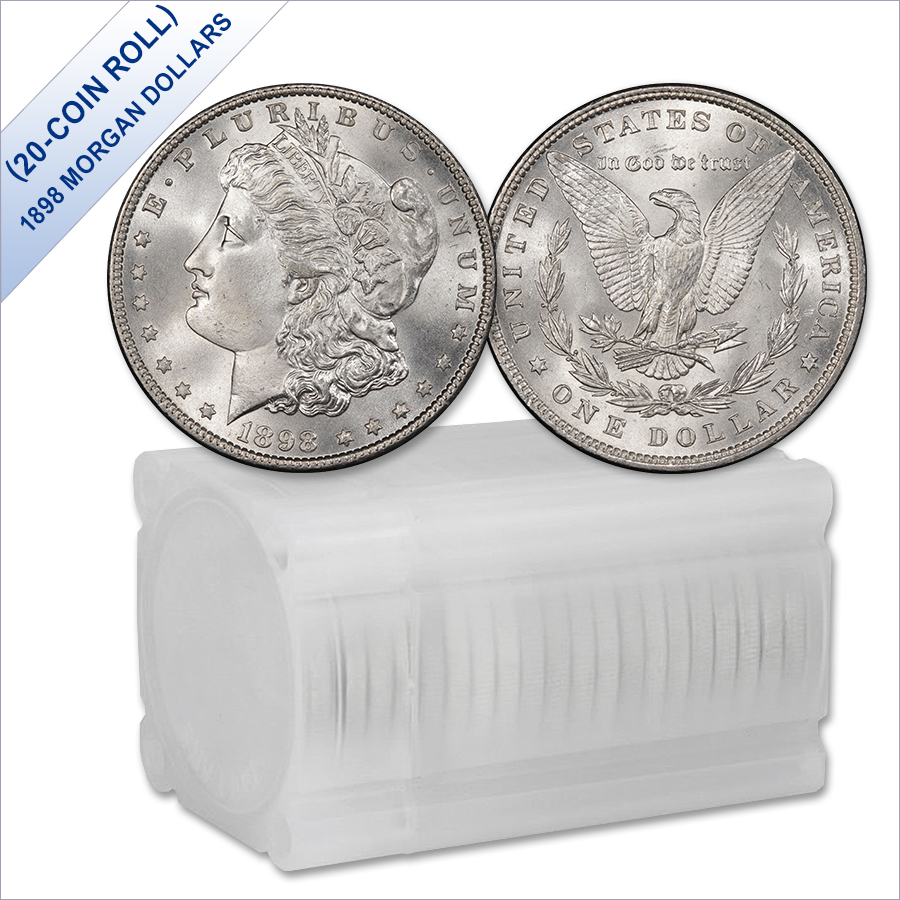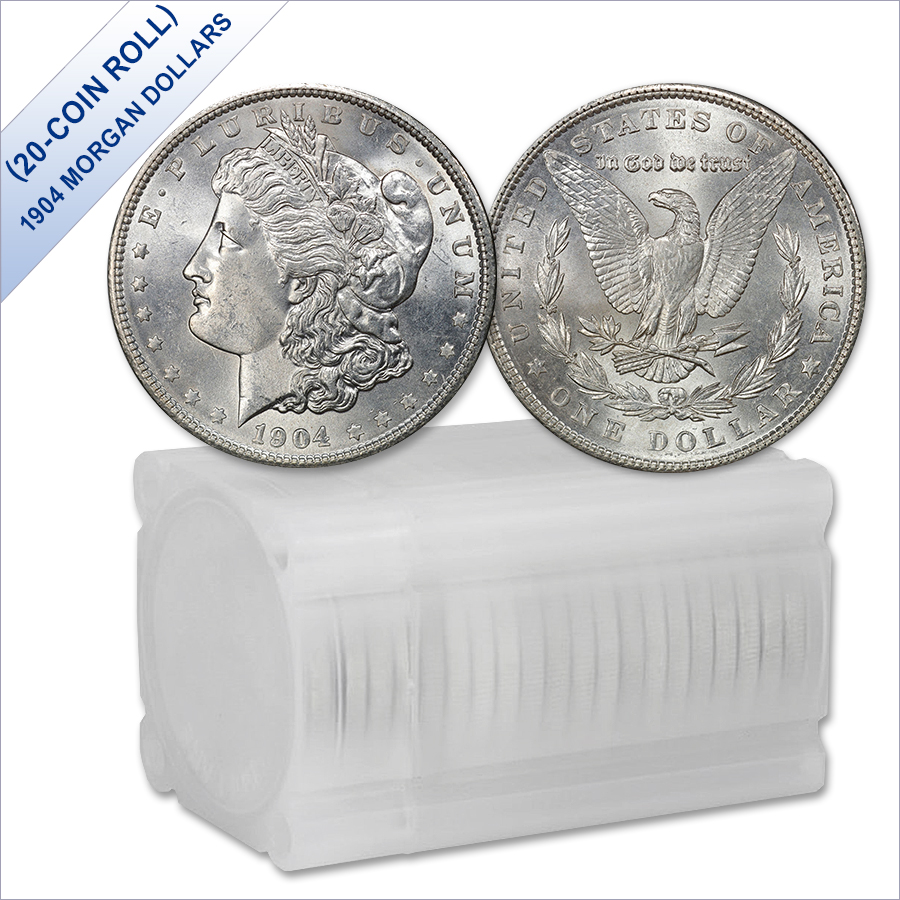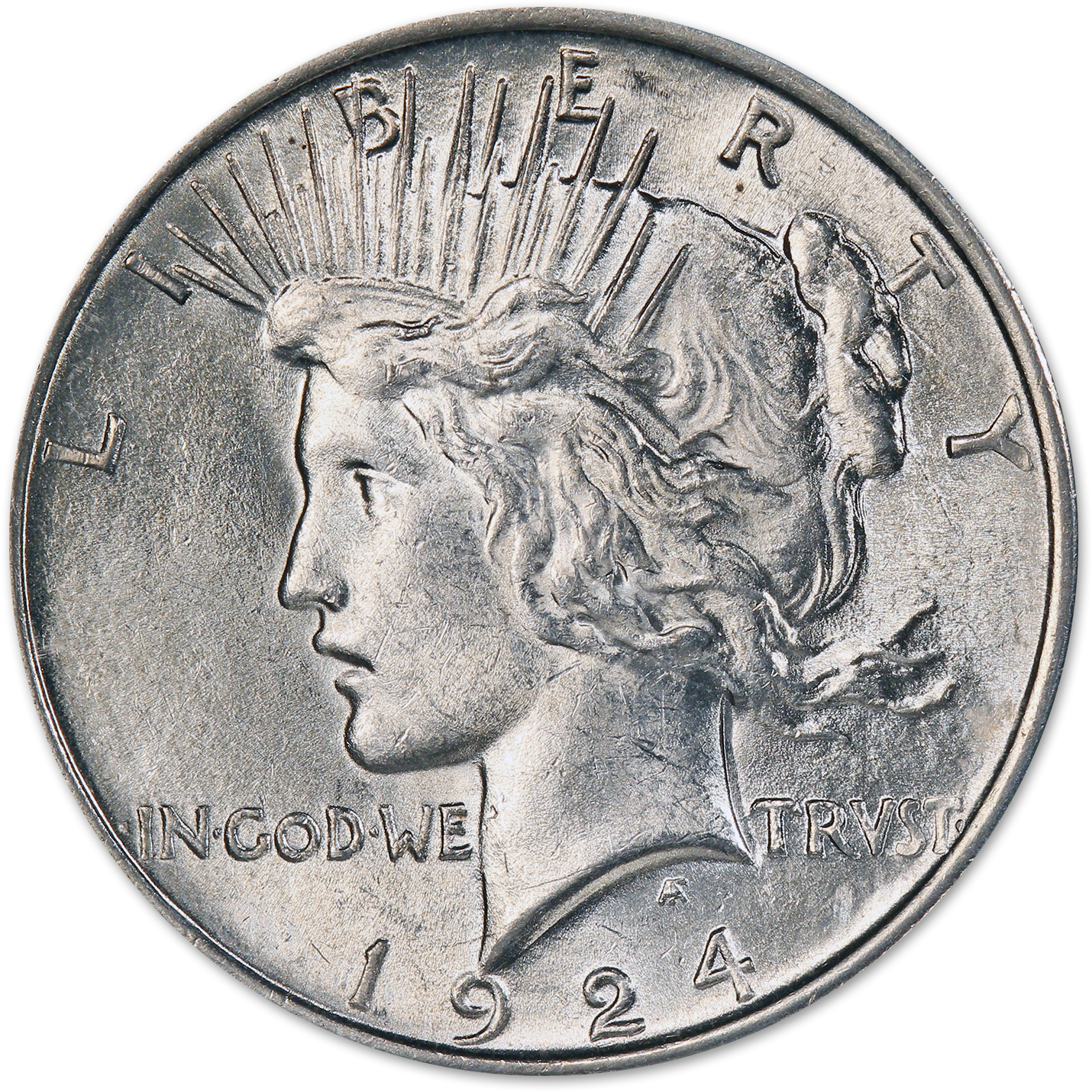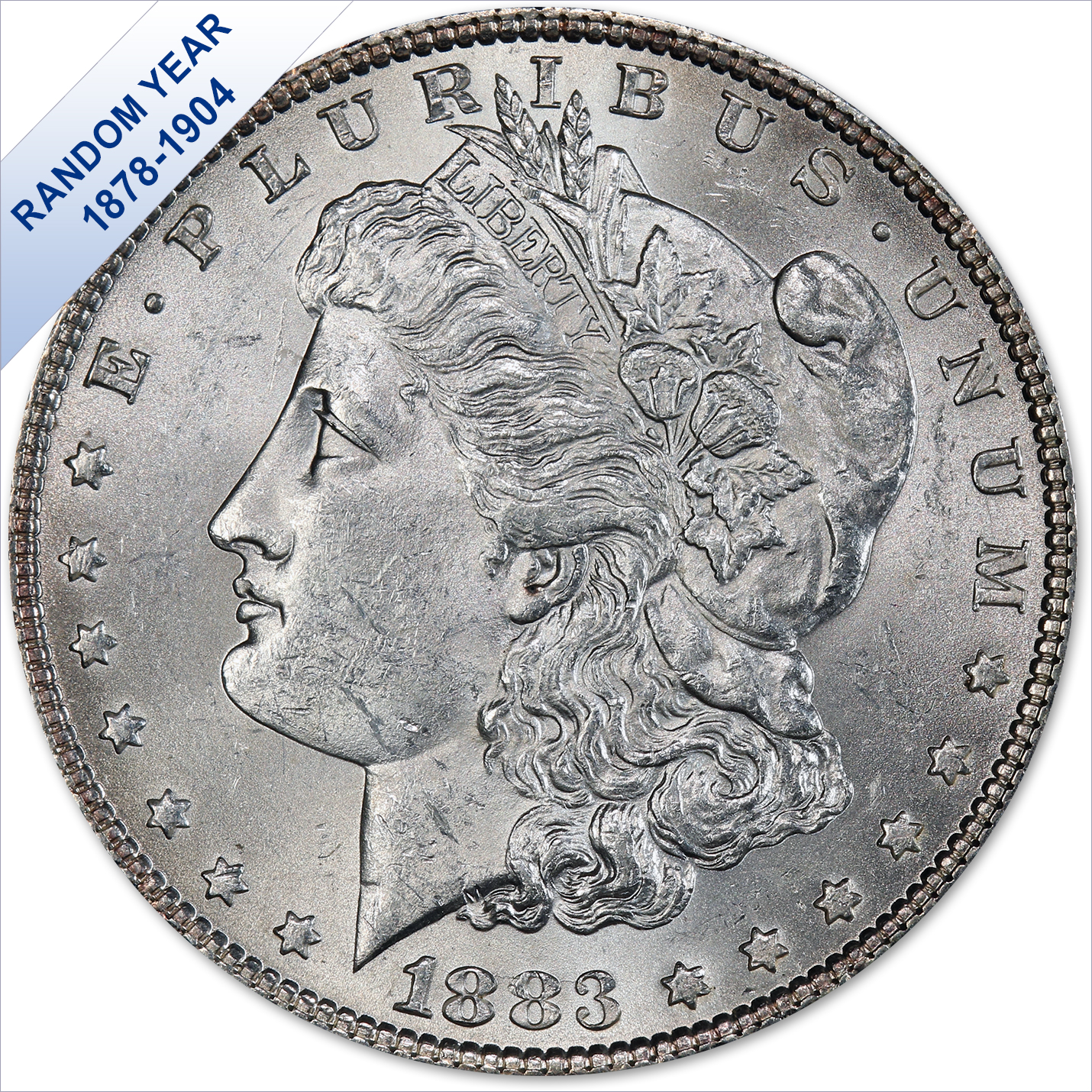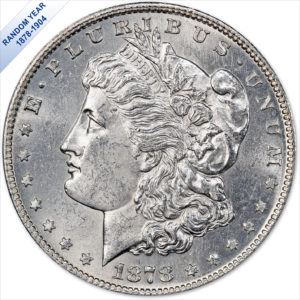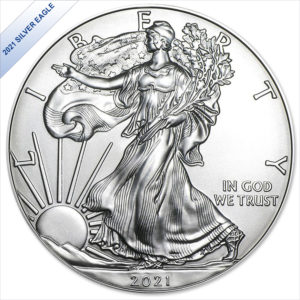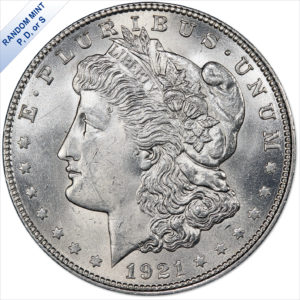1902 Morgan Silver Dollars BU (20-Coin Roll)
$1,339.95 Original price was: $1,339.95.$1,299.95Current price is: $1,299.95.
1902 Morgan Silver Dollars – Brilliant Uncirculated (20-Coin Roll)
These 90% silver coins are genuine artifacts of the Old West. Each coin is over 100 years old!
Don’t delay-act while these Brilliant Uncirculated beauties are still available!
In stock
Description
The coinage law of 1873 made no provision for the standard silver dollar. During the lapse in coinage of this denomination, the gold dollar became the unit coin, and the trade dollar was used for commercial transactions with the Orient.Resumption of coinage of the silver dollar was authorized by the Act of February 28, 1878, known as the Bland-Allison Act. The weight (412-1/2 grains) and fineness (.900) were to conform with the Act of January 18, 1837.
George T. Morgan, formerly a pupil of William Wyon in the Royal Mint in London, designed the new dollar. His initial M is found at the truncation of the neck, at the last tress. It also appears on the reverse on the left-hand loop of the ribbon. Coinage of the silver dollar was suspended after 1904, when demand was low and the bullion supply became exhausted. Under provisions of the Pittman Act of 1918, 270,232,722 silver dollars were melted, and later, in 1921, coinage of the silver dollar was resumed. The Morgan design, with some slight refinements, was employed until the new Peace design was adopted later in that year.
Varieties listed are those most significant to collectors. Numerous other variations exist. Values are shown for the most common pieces. Prices of variations not listed in this guide depend on collector interest and rarity. Sharply struck, prooflike Morgan dollars have highly reflective surfaces and are very scarce, usually commanding substantial premiums.
The “Coin Images” is for illustration purposes to represent coin type and an indicator of the quality of the item. Actual product may vary in dates and mint marks.“
Additional information
| Year Minted | 1902 |
|---|---|
| Denomination | $1 |
| Mint Location | No Mint Mark (Philadelphia) |
| Grade Rating | Brilliant Uncirculated (BU) |
| Composition | Silver |
| Total Metal Weight | 0.7734 troy oz |
| Fineness | .900 |
| Diameter | 38.1 millimeters |
| Edge Type | Reeded |
| Time Group | Federal |
| Designer | George T. Morgan |

